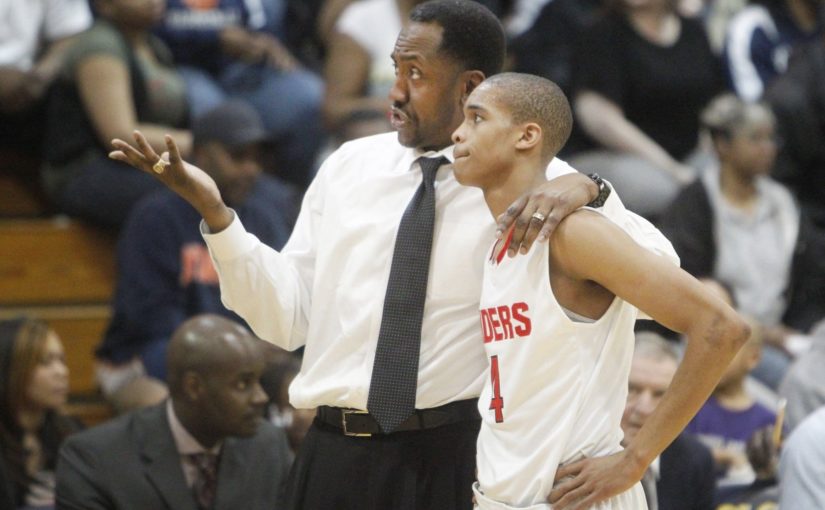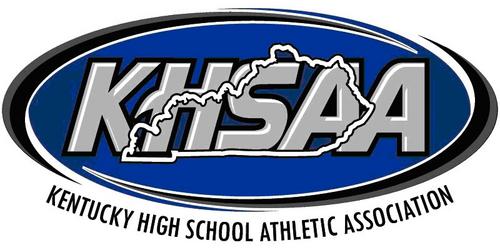A.D.ministration: Improving Flawed Messaging
The communication model is fairly clear-cut and straightforward. You probably have seen the simple diagram which illustrates that communication involves a message, a sender, a receiver, and, in most cases, feedback. With each of the aspects, there can be mistakes, problems, and hurdles all of which complicate the process.
In the corporate world, messaging is typically part of its marketing strategy. It definitely involves communication in terms of trying to positively influence consumers with respect to the business and their products. But beyond actual words and modes of communication, messaging often also may include feelings and emotions. Therefore, great care and effort are normally extended to this marketing effort.
 To be effective, one also needs to be clear, concise, and correct, and these requirements are collectively known as the “Three C’s of Communication.” Also, some professionals and practitioners in the field have added courtesy, consideration, concern, and consistency to the list. Therefore, one could easily and logically consider that there are seven invaluable C’s of Communication.
To be effective, one also needs to be clear, concise, and correct, and these requirements are collectively known as the “Three C’s of Communication.” Also, some professionals and practitioners in the field have added courtesy, consideration, concern, and consistency to the list. Therefore, one could easily and logically consider that there are seven invaluable C’s of Communication.
It may surprise you, but messaging also plays a huge role in high school athletic programs and it is no different than what is or should be done on the corporate level. The effects or consequences are also no different. Athletic administrators should constantly work on and be aware of the effect of their messaging on parents and the community. Marketing is not a frill; it is essential to secure the positive direction and future of your program.
Therefore, there are some common messaging flaws which need attention and should be corrected as soon as possible. The following are a few grievous, glaring mistakes.
- Extra-curricular. Come on! It should and has to be cocurricular. Why? The prefix ‘extra’ gives it away. Athletics is not extra or a frill. And if the community and school board feel that it isn’t essential, funding and the mere existence of the program are in real jeopardy. Therefore, one should never, never use the term extra-curricular.
In addition, if you believe in, embrace and use the education-based model as the foundation of your program, you need to always use the term co-curricular. Since life-long qualities and values should be core outcomes within this concept, a tie-in with educational value always has to be made and stressed. It has to be, therefore, co-curricular and one can never, even accidentally or carelessly, use the term extra-curricular.
- The objective is to create a “winning culture” at the school. This phrase simply isn’t compatible with the education-based philosophy. While coaches should definitely prepare their teams and strive to win, this is not the only or ultimate objective. Of course, some may also use an alternative phrase and state something to the effect that the goal is to create and maintain an exemplary, competitive program, which is another way of stating, “We expect to win.”
When trying to state lofty, inspirational goals for your athletic program, you would be better served by expressing that you are “trying to establish a positive, supportive and nurturing environment for your student-athletes to grow and develop.” With good athletes and coaches, hard work, and effort, wins will occur. But a culture of winning does not accurately represent the purpose of education-based athletics. Is this possibly an oversight or lack of understanding? Perhaps, but this is the point of having and using correct messaging.
- A “change of direction” is needed with the football program or supply the name of any other sport. The hidden message is that the coach didn’t win enough games for a few years. It is always important to remember that the athletic talent that is available accounts for the largest percentage in the formula for winning (see Coach and Athletic Director, December 2010).
In education-based athletics, coaches should never be evaluated on wins or the lack thereof. They should be judged based upon what qualities they bring to the position and if they serve the needs of their student-athletes. Do the coaches help their players to grow and develop, and provide positive encouragement, support, and guidance? If this is the case, there is no legitimate, logical reason to make a change. Since you can’t recruit or draft players, you do the best you can with the available athletes.
- Do you refer to some of your teams as “core” or “major” sports? Seriously? While some sports may generate gate revenue and receive more media attention, no sport is more important than any other in an athletic program. If you still use these terms, it is time to come out of the Dark Ages and review what is involved in education-based athletics
All sports, and this cannot be emphasized enough, are valuable and equally important in an athletic program. Regardless of gate receipts and media attention, each sport represents an opportunity for young people to participate in something that they love and is important to them. And this also pertains to the respective coaches. Therefore, there is no hierarchy or levels of sports – they are all equal, valuable, and important!
» ALSO SEE: 4 Tips to Starting a Unified Sports Program
- When it comes to teams or an athletic program, they should never be referred to as “my team” or “my program.” My is a possessive pronoun or adjective, and neither a team nor a program belongs to any one person. A team obviously is composed of athletes, led by a coach, aided by an athletic administrator, supported by teachers and administrators, and helped by athletic trainers, student managers, and others. Therefore, one always has to describe both teams and programs with the accurate possessive pronoun and that is ours. And the reason is so very obvious because many individuals contribute to the welfare and direction of these organizations.
Careless, casual, or clueless word choices can negatively affect the foundation of education-based athletics. While a good maxim to employ is to think before speaking, more is needed. Since words have power, it is critical to understand and appreciate their purpose and meaning. Choosing the correct word or term enhances the message and a wrong one detracts from it. An effective messaging effort, therefore, totally depends upon accurate and appropriate usage.





